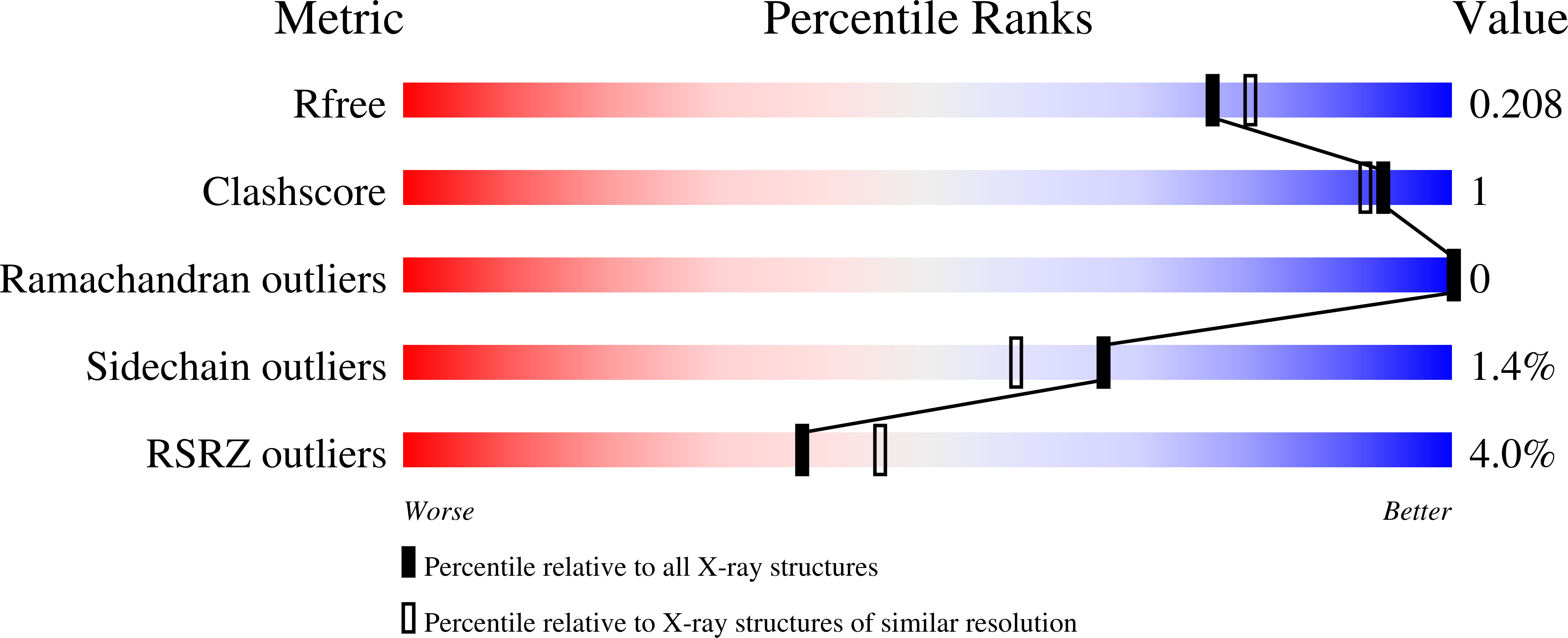
Deposition Date
2022-06-20
Release Date
2023-08-02
Last Version Date
2024-02-14
Entry Detail
PDB ID:
8DEB
Keywords:
Title:
Bacteroides fragilis carboxyspermidine dehydrogenase
Biological Source:
Source Organism:
Bacteroides fragilis (Taxon ID: 817)
Host Organism:
Method Details:
Experimental Method:
Resolution:
1.94 Å
R-Value Free:
0.20
R-Value Work:
0.17
R-Value Observed:
0.17
Space Group:
P 21 21 21


